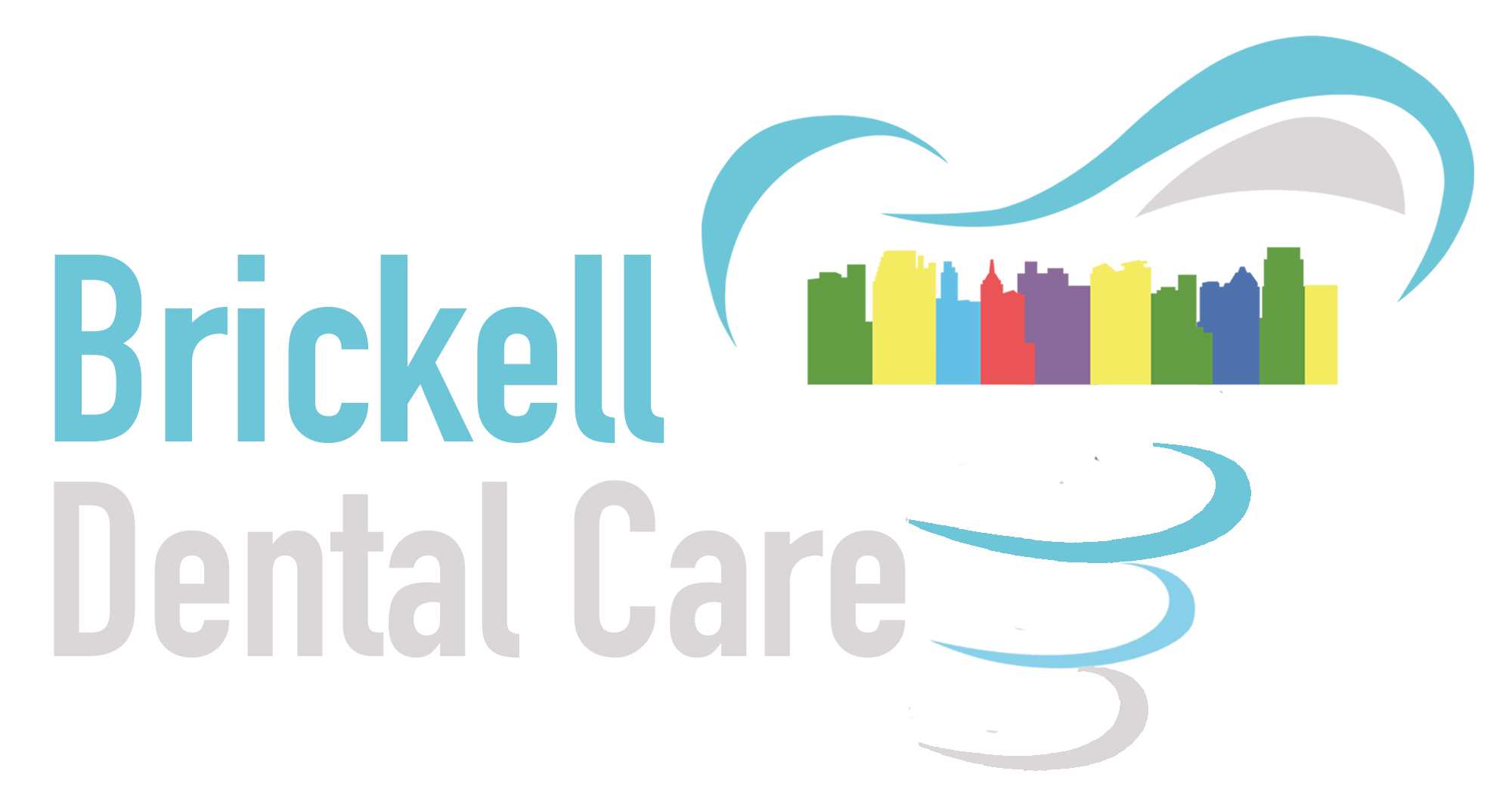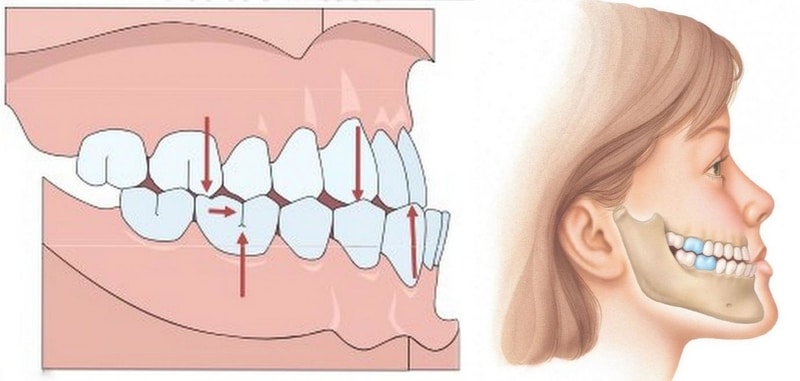How does the position of the teeth may affect the beauty of the face?
Healthy teeth are one of the most important components of a beautiful and youthful appearance. What exactly is the influence of the position of the teeth on our appearance?
Malocclusion has various external manifestations. First, it leads to noticeable facial asymmetry. In people with a crossbite, there is a mismatch of one side of the face with the other, as well as the eyes and cheeks are located at different levels. Secondly, due to an incorrect bite, the profile of the face will change – there is a protrusion of the lower or upper jaw.
This affects the position of the chin and lip contour. Thirdly, malocclusion causes accelerated aging of the face: sagging skin, the formation of depressions and the appearance of wrinkles.
Sometimes a wrong bite can even affect posture. An incorrect jaw position leads to a shift in the center of gravity of the head, and this increases the overall stress on the neck and back.
In addition to the aesthetic component, malocclusion also causes other inconveniences. Poor grinding of tough foods can lead to digestive problems. Due to the increased stress on the jaw muscles, headaches can occur. Diction may also be impaired, there may be discomfort and sounds in the dentoalveolar joint.
Causes of malocclusion
Problematic wisdom teeth
An adult with a full set of teeth has 4 incisors, 2 canines, 4 premolars (premolars), and 6 molars (molars) on each jaw. As a result, this is 32 teeth.
If both wisdom teeth have not yet appeared for some reason, then over time there will be 28 teeth. It is worth noting that the eruption of wisdom teeth does not occur in everyone, and the time of their appearance is very individual.
Quite often, various problems arise due to the eruption of wisdom teeth. Due to the resulting lack of “free space”, other teeth can be bent and displaced. Wisdom teeth can exert pressure on adjacent molars, that is, on adjacent teeth. As a result, this leads to the formation of a malocclusion, abrasion of the enamel, inflammation of the gums and the formation of caries.
Loss of teeth
Violations can occur not only due to “wedging”, but also the loss of teeth. If there is a loss of a tooth, then there is a “sliding” of the adjacent teeth towards the formed cavity due to the uneven load.
As a result, this leads to the formation of noticeable gaps between the teeth, in which food pieces get stuck, increasing the likelihood of tooth decay. Moreover, such gaps become a problem from an aesthetic point of view. Displacement of the teeth changes the bite and increases the risk of temporomandibular joint problems.
Due to the absence of teeth, facial features can change: if there are no molars, then there is a sinking of the cheeks, if there are no front teeth, then there is a hollowness of the lips. After a long time, the face begins to sag in the chin and mouth.
Birth defects
Sometimes a defective bite has been inherited, meaning it is a congenital problem. However, most cases of malocclusion appear in childhood, during the period when the jaw apparatus is formed.
The reason for this may be insufficient jaw work (the presence of food in the diet that requires a long act of chewing), bad habits (the child gnaws pencils and nails, sucks a finger, holds a nipple or pacifier in his mouth for a long time), lack of breastfeeding, as well as frequent respiratory diseases.
An incorrect bite can be:
- deep;
- open;
- distal;
- mesial;
- cross.
As much as misalignment of teeth can lead to malocclusion, malocclusion can also be the cause of crooked teeth. Tooth crowding or improper loading can lead to tilting in relation to other teeth or “crawling out” of the main row of teeth.
How to solve the problem?
Today, orthodontic problems in adults are treated with several types of treatments. One way or another is chosen based on the severity of the problem, which is determined by the orthodontist, as well as the patient’s available finances. The most common devices for correcting bite are braces and aligners.
Treatment time varies greatly, depending on how pronounced the bite pathology is. It usually takes adults about 1.5 years, and in some situations, up to 2.5 years.
Until recently, it was believed that only children and adolescents can wear braces, and adults did not even think of visiting an orthodontist. Today, a regular visit to the orthodontist is recommended even for adults.

